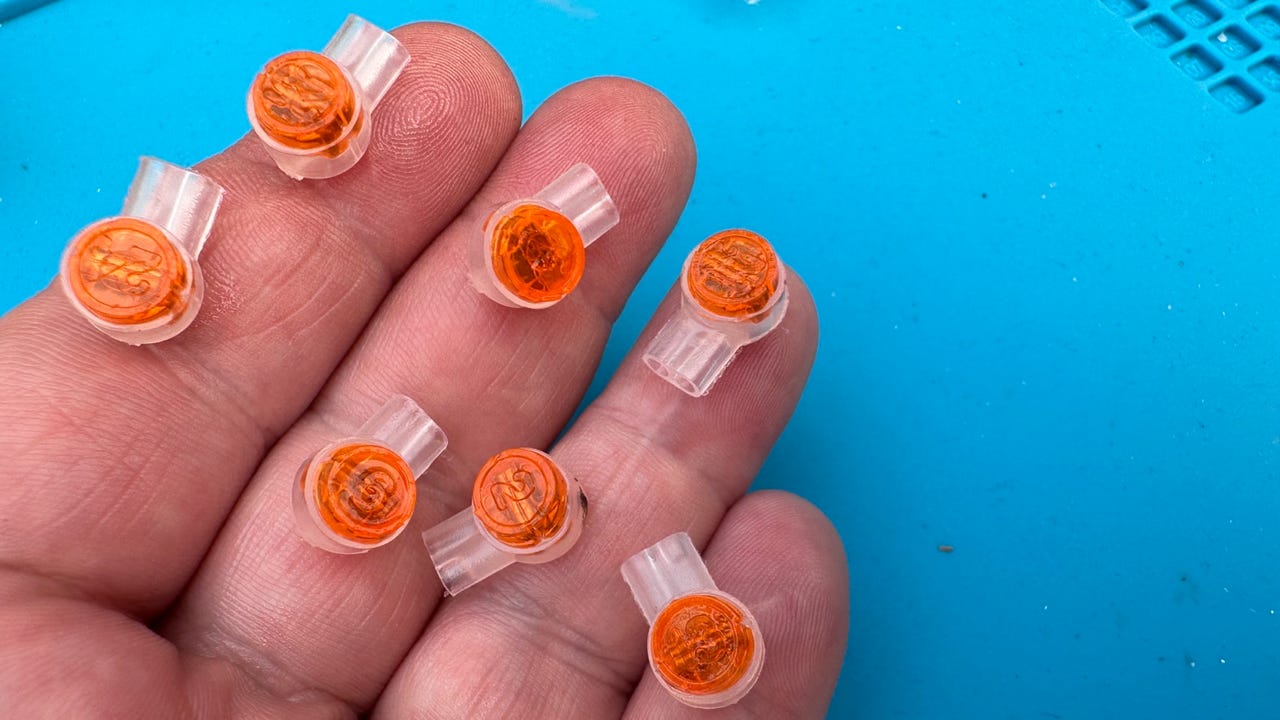'ZDNET Recommends': What exactly does it mean?
ZDNET's recommendations are based on many hours of testing, research, and comparison shopping. We gather data from the best available sources, including vendor and retailer listings as well as other relevant and independent reviews sites. And we pore over customer reviews to find out what matters to real people who already own and use the products and services we’re assessing.
When you click through from our site to a retailer and buy a product or service, we may earn affiliate commissions. This helps support our work, but does not affect what we cover or how, and it does not affect the price you pay. Neither ZDNET nor the author are compensated for these independent reviews. Indeed, we follow strict guidelines that ensure our editorial content is never influenced by advertisers.
ZDNET's editorial team writes on behalf of you, our reader. Our goal is to deliver the most accurate information and the most knowledgeable advice possible in order to help you make smarter buying decisions on tech gear and a wide array of products and services. Our editors thoroughly review and fact-check every article to ensure that our content meets the highest standards. If we have made an error or published misleading information, we will correct or clarify the article. If you see inaccuracies in our content, please report the mistake via this form.
These magical jelly crimps can be lifesavers for your damaged tech

Jelly crimps galore!
Regular readers will know that I love the Wago lever nuts for making solid, reliable connections in domestic mains voltage wiring. But another connector I find myself using a lot is the jelly crimp. In fact, I used some today to fix some broken wires in a doorbell.
Jelly crimps are the mainstay of telecom installations and repair (at least here in the U.K.). I was introduced to them many years ago by an engineer who gave me a handful of them, and ever since I've been hooked.
Also: How to strip wires like a pro (and my must-have tools)
These connectors come under lots of different names, but jelly crimps is what they are best known as.
View at AmazonThe "jelly" bit in the name comes from the fact that the ends are packed with a dielectric silicone sealant that both adds extra insulation and also makes the connection weatherproof.
They come in two-way (called UY) or three-way configurations (called UR), depending on whether you want to connect two or three wires together, and they have been specifically designed for joining solid-core copper or aluminum telephone and communications wires.
Also: How to use heat-shrink butt connectors to fix broken wires
Along with the UY and UR configuration differences, there are also different sizes depending on the outer diameter of the wire you're going to be connecting using the jelly crimp. Regular UR and UY are for thinner 22-26 awg wires with an insulation outer diameter of 1.52mm, while the UY2 and UR2 sizes accommodate the thicker 19-26 awg wires with a maximum insulation outer diameter of 2.08mm.
A UY2 jelly crimp that's oozing a bit of the silicone gel onto my hands
You'll find lots of different brands out there, and they can be hit and miss, and I've seen cheap ones fall apart or not contain any gel. I have a source in the telecom business that keeps me supplied, but if you're having to buy them online, I recommend going for the 3M Scotchlok brand.
I find the two-way ones to be the most useful, with a 100 pack of UY and a 100-pack of UY2 being enough to cater to my needs.
The crimp is filled with a non-conductive jelly that waterproofs the joint
They're dead easy to use.
You cut the cable, poke the ends in all the way (no need to strip the insulation), and squeeze the button to snap them down and bite through the cable.
That easy!
Their primary use is on telephone wiring, but I've also used them on alarm systems, doorbells, speakers, and other low-voltage applications. These connectors can handle up to 50V, so don't use them on mains voltage in case someone -- possibly you -- dies.
Jelly crimps are great for low voltage applications, here carrying 12V to a fan
The connections are highly reliable, and as long as they aren't submerged in water, they will last for decades (and even submerged ones have a long life, in my experience).
Squeezing a jelly crimp with a Knipex waterpump pliers
There is a special tool for doing the squeezing that you can pick up for $15. If you crimp a lot then this might make sense, but I find I can use my finger and thumb, or a pair of Knipex mini waterpump pliers to do the job.
A fully crimped jelly crimp
Did I mention that they are incredibly satisfying to "pop"?
POP!
